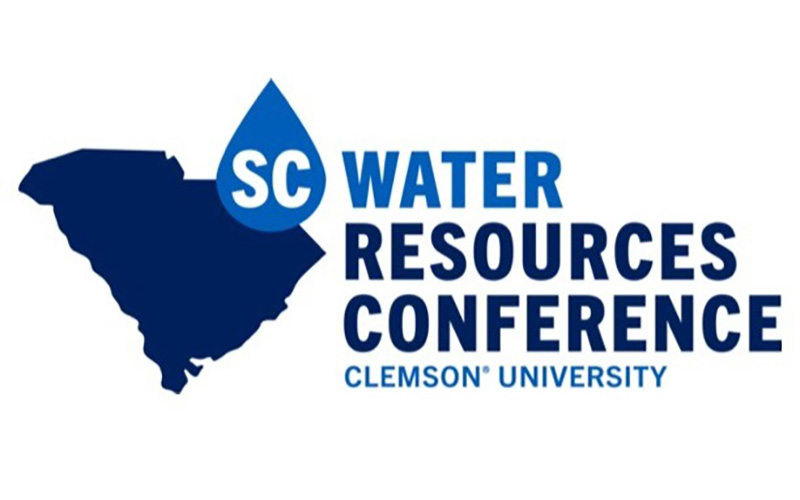Volume
2
Issue
1
DOI
https://doi.org/10.34068/JSCWR.02.10
Abstract
Isolated wetlands and riverine wetlands have been shown to have similar groundwater hydrology despite their difference in topography and surface water hydrology. The current study aimed to address the impact of topography and surface water hydrology on groundwater hydrologic behavior by comparing the groundwater recharge rates of several isolated and riverine wetlands in the Coastal Plain of South Carolina. Study sites contained an isolated wetland, a riverine wetland, and an upland that bisected the two wetland types. Shallow water tables and sandy soils, allowed a rapid response to precipitation to be clearly visible. Soil characteristics, water table fluctuations, and precipitation data from January 2012-September 2012 were evaluated and from that data mean recharge rates were calculated using an adapted version of the water table fluctuation method. During the study period, it was observed that the frequency of precipitation (storm events) and saturated zone soil type were more impactful on water table movement than topography, surface soil type, and surface water hydrology. One significant finding of this research is that the isolated wetlands in this study did, in fact, recharge groundwater, which implies that their presence increases the opportunity for groundwater replenishment.
Recommended Citation
Williams, Chenille and Tufford, Dan
(2016)
"Groundwater Recharge Rates in Isolated and Riverine Wetlands: Influencing Factors,"
Journal of South Carolina Water Resources: Vol. 2
:
Iss.
1
, Article 7.
DOI: https://doi.org/10.34068/JSCWR.02.10
Available at:
https://open.clemson.edu/jscwr/vol2/iss1/7






